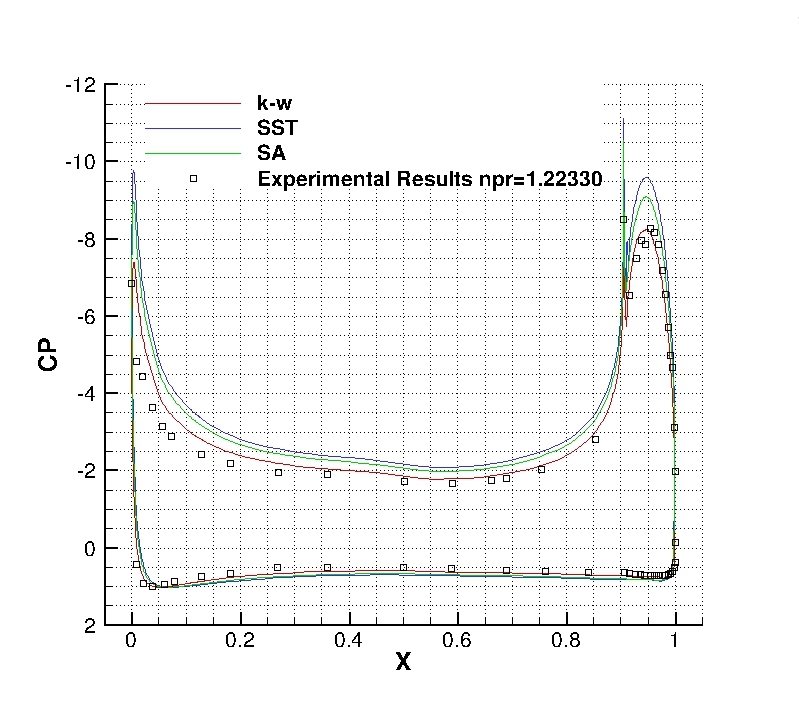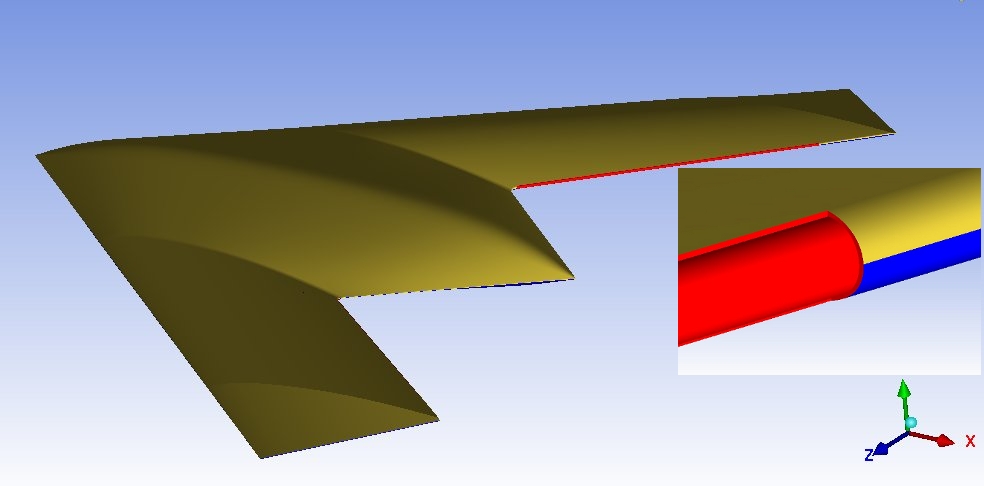Fluidic Control of Aircraft
Title :
Investigators :
Partner :
Sponsor :
Modelling and Simulation Tools for the Fluidic Control of Aircraft
Hoholis, G., and Badcock, K.J.
BAE Systems
UK Engineering and Physical Sciences Research Council (EPSRC)
Project Background
This project aims to develop CFD modelling techniques for the application to complete aircraft configurations employing fluidic controls as manoeuvre effectors. The fluidic controls that will be investigated are circulation control and fluidic thrust vectoring. The benefits of these fluidic devices compared to conventional control surfaces is that they do not require moving parts which can help reduce the weight and radar cross section of an aircraft. Also they should be able to operate at high angles of attack where conventional control surfaces become redundant.
2D validation case of these devices will be simulated using the PMB code to demonstrate its capabilities for predicting their behaviour. Initial validation using the SACCON configuration will be done to ensure that the correct flow features are modelled, particularly the flow breakdown over the wings at high angles of attack. The fluidic devices will then be applied to the SACCON to determine their performance throughout manoeuvres and also compare them to conventional control surfaces.
Results
Click on the following images to enlarge the view.
Pressure distribution comparison between experimental results and PMB using 3 different turbulence models.
The CAD model of the RLE SACCON modified with trailing edge circulation control devices on the wing.
References
More details can be found in the following publications:


